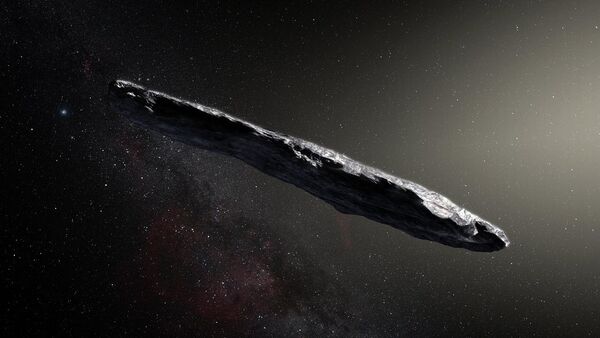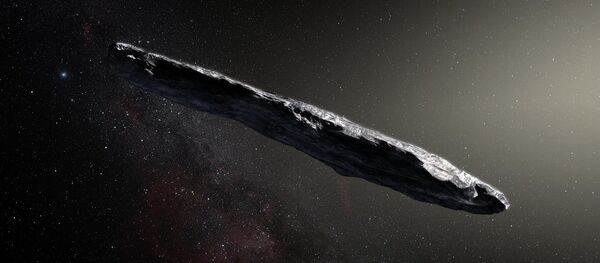Astronomers looking for possible signs of alien life on a cigar-shaped, interstellar object hurtling through our solar system have so far failed to obtain any evidence of little green men signaling to us, a new study reveals, Live Science website wrote.
"We found no such signals with non-terrestrial origins," a team of Australian astronomers using the Murchison Widefield Array telescope to eavesdrop on the rocky visitor, known as Oumuamua, wrote in a paper.
Researchers caught sight of the mysterious, reddish space rock in October 2017 when it was spotted by the Pan-STARRS1 telescope in Hawaii.
“It is the first direct evidence of an object that originated in another star system,” Thomas Zurbuchen, associate administrator for NASA's Science Mission Directorate in Washington, said in a statement at the time.
Summing up the results, the researchers surmised that Oumuamua is not an alien spaceship, but rather, a fragment of a comet.
Although the astronomers failed to hear any radio signals that might have been transmitted by intelligent aliens, they still consider their effort to be another step in man’s longtime quest for ET intelligence.
READ MORE: Interstellar Visitor: Alien Star Nudges Our Solar System



